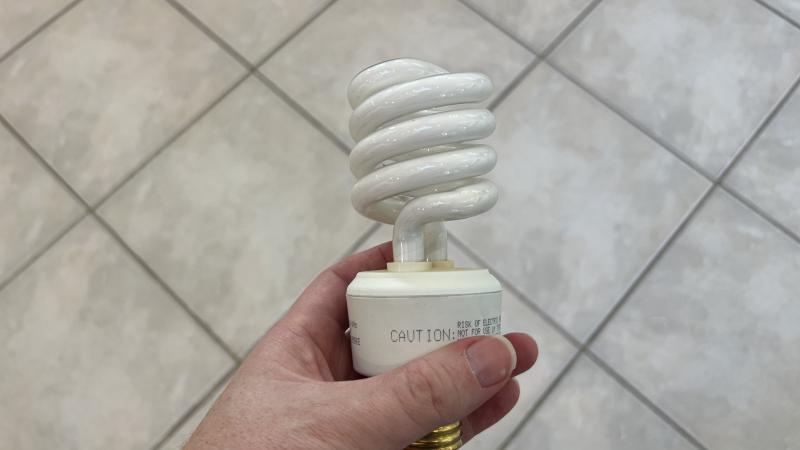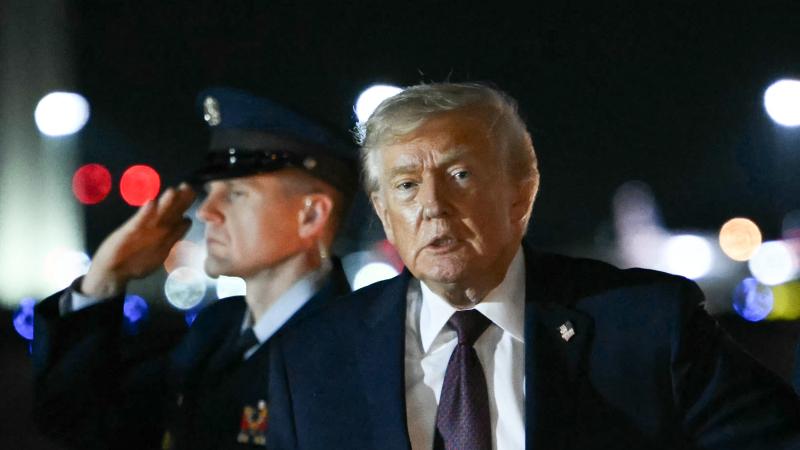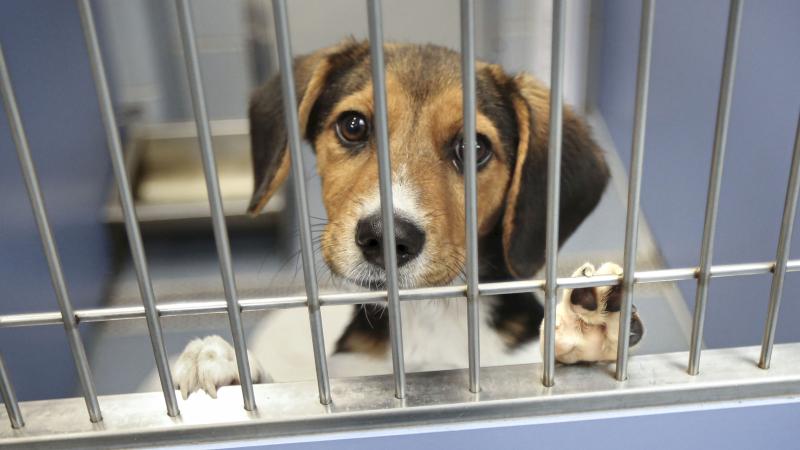New methane rule deputizes climate activists to be methane watchdogs for the EPA
Kathleen Sgamma, president of the Western Energy Alliance, said no provision in the Clean Air Act allows the EPA to delegate its authority to EDF or any other group. The WEA plans to file a lawsuit to challenge the new methane rules.
For the past six years, the United States has been the largest producer of oil in the world. In that time, the industry has managed to reduce the amount of methane emissions it produces.
Despite this achievement, the Environmental Protection Agency announced final rules in December that would further crack down on the industry’s emissions. The agency recently published these in the Federal Register, which is required before any lawsuits can be filed.
“To a regulator in the federal government, things don't happen unless they decree it. I mean, they have a hammer, and everything looks like a nail,” Kathleen Sgamma, president of the Western Energy Alliance, told Just The News.
The rules contain a “super-emitter” program that authorizes third-parties to receive certifications to monitor large methane emitters using various technologies, including satellites.
Shortly before the rules were published, the Environmental Defense Fund (EDF), with support from Google and using a rocket from Elon Musk’s SpaceX, launched a satellite that will report data on methane emissions it detects. According to Inside Climate, MethaneSAT, as it’s called, orbits the Earth every 95 minutes at a height of 326 miles above the surface. It scans an area 125 miles wide on each pass over the planet, looking for high methane concentrations.
Natural gas, which is primarily methane, is a valuable commodity, and oil companies have a financial incentive to capture as much methane as possible. In some cases, the gas can’t be economically recovered, such as remote oil wells that lack pipelines to transport the gas. The gas can build up and create safety hazards, so it’s sometimes burned off.
In December 2017, oil and gas companies formed a voluntary Environmental Partnership, of which 70% of U.S. producers are part of today. Its goal is to reduce methane emissions. According to the coalition’s 2023 annual report, the participating producers have achieved a 14% reduction in total amount of methane burned off (called "flaring") and a 2.4% reduction in flaring intensity, which is a ratio of gas flared to barrels of oil produced. The partnership has also made strides in reducing methane leaks from other sources.
In the United States, methane emissions from all sources, including the oil and gas industry, are down 20% since 1990.
Sgamma said the attention given to methane from anti-fossil fuel groups like the EDF was part of an activist evolution. The focus used to be fracking, which activists claimed would cause widespread contamination to groundwater. These claims turned out to be wrong and the movement lost steam.
“They realized it wasn't going to be the silver bullet to kill oil and gas. So now, the silver bullet to kill oil and gas is methane,” Sgamma said.
Using satellites, she said, is not in and of itself problematic. Satellites have been used for years, and that data can be valuable. “We are very open to having information from airborne platforms that enable us to catch leaks and fix them,” Sgamma said.
There are, however, issues with the super-emitter program certifying climate activists to provide the data, she said. Up in space, those collecting the data might not know what’s happening at a facility.
In the past, Sgamma explained, they’ve had situations where a facility conducted a short maintenance event, and some extra methane emitted during the operation. The data collectors will then extrapolate an hour’s worth of high methane emissions out to a full year and report the facility has a "super emitter."
“A single point of data from an activist group is not and should not be actionable on that company,” Sgamma said.
With the rule, she said, the EPA is trying to deputize a third-party to do the EPA's enforcement work, which is a violation of the Clean Air Act. The EPA has a whole process, and the EPA delegates air-quality regulations to the states. There is, Sgamma said, no provision in the act that allows the EPA to delegate its authority to EDF or any other non-profit group.
“It’s not going to withstand a court challenge,” Sgamma said, and the Western Energy Alliance will be filing a complaint soon.
The satellites like MethaneSAT, she said, also look over a wide area, which has a scan width of 125 miles. This makes it hard to pinpoint which facility is the emitter where there are multiple companies with operations near each other.
“It's good information, but it's not always the be all and end all is a data point. I think it's getting better. That type of information is getting more refined. And so we're always open to getting more data and making sure it's good quality data,” Sgamma said.
The Facts Inside Our Reporter's Notebook
Links
- largest producer of oil in the world
- announced final rules
- Environmental Defense Fund
- launched a satellite
- According to Inside Climate
- primarily methane
- gas can build up and create safety hazards
- Environmental Partnership
- 2023 annual report
- down 20% since 1990
- claims turned out to be wrong
- MethaneSAT
















